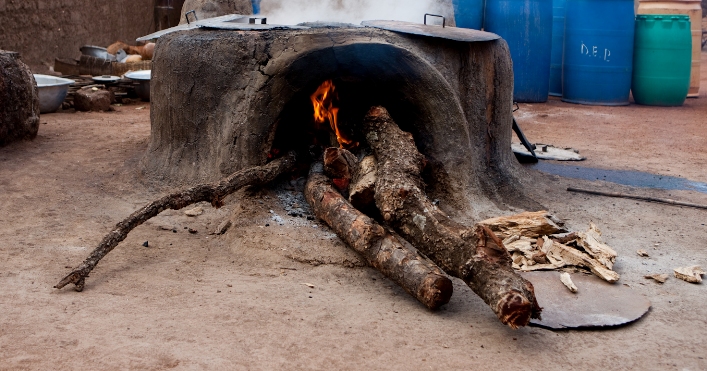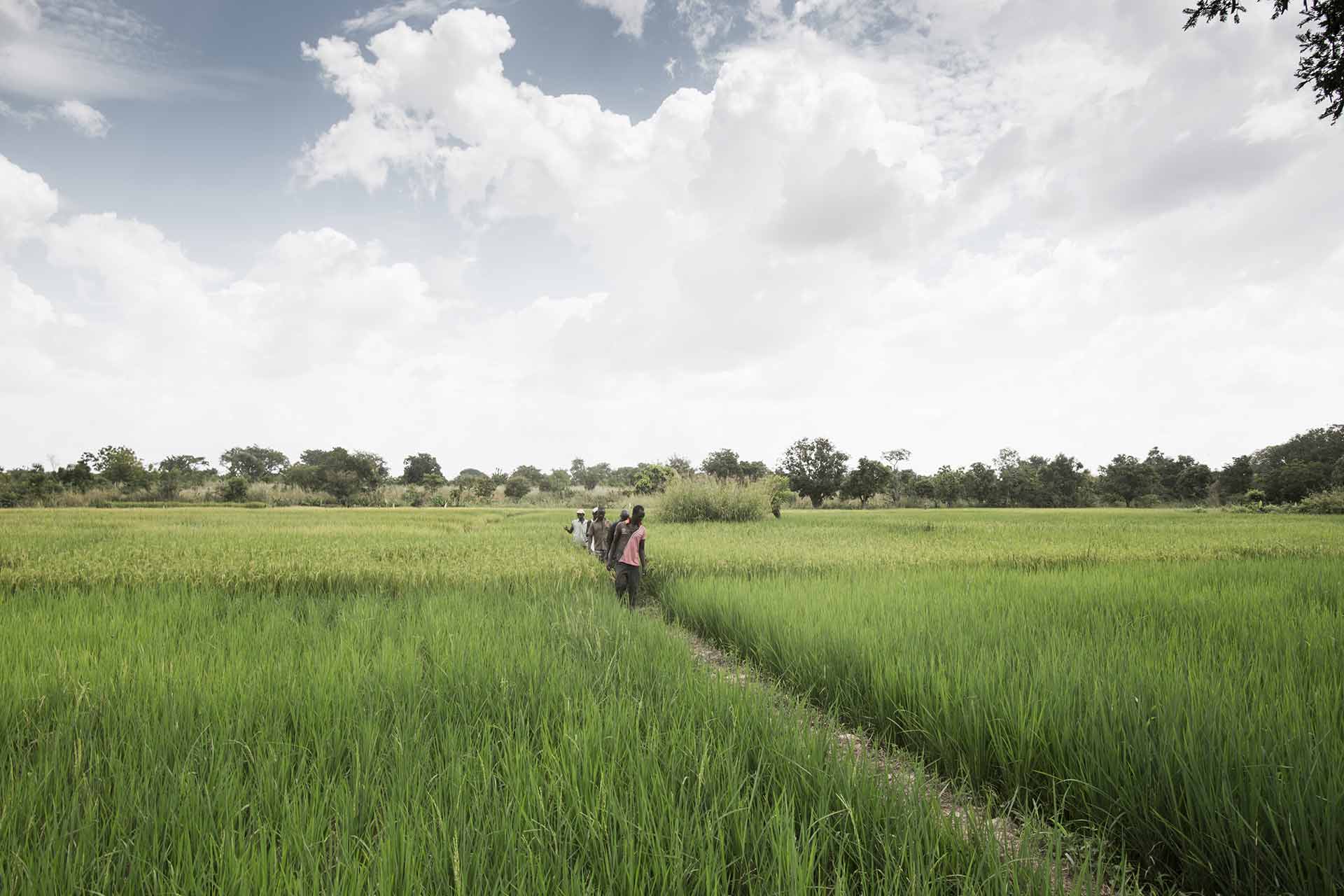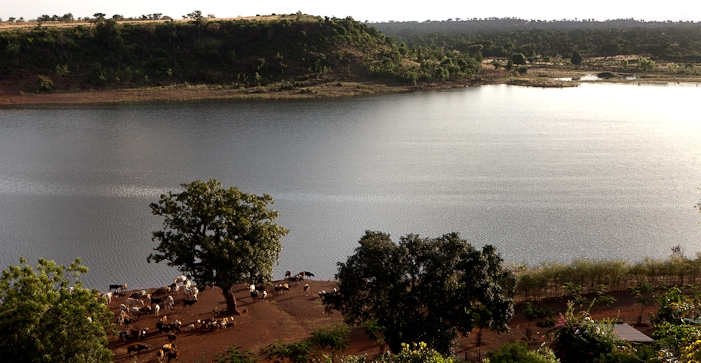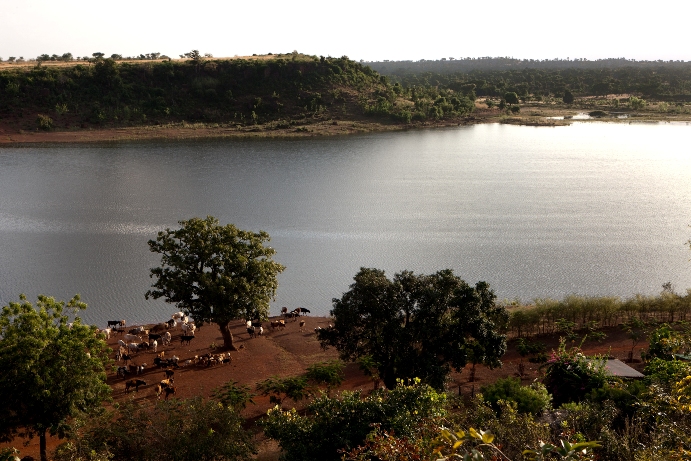
Renewabel energy
Energy production from renewable sources
1. The combustion of newly cut trees leads to desertification of the soil and, in the long term, to destruction of the people's livelihood. The inevitable emission of the toxic smoke during the combustion is also a major cause of the high death rate among children and the elderly.
The fire wood is replaced by mechanically compressed "pellets" – small particles consisting of various combustible remnants of agricultural production. Rice husk, straw, corn waste and press cake (a by-product of oil extraction) are compressed together. The resulting pellets are easy to transport and have a high energetic value.
For the ideal combustion of this new material, the Dreyer Foundation is currently developing a very simple, small and inexpensive furnace based on the principle of gasification. This furnace will have different power levels for various uses. Its emissions are 90% lower than those of the traditional wood combustion, whereas the thermal efficiency is 10 times higher.

2. For the processing of paddy-rice there will be a demand for electricity of 2.500 Kwh per day in the year 2022. 85% of this electrical power is provided by a large photovoltaic plant, which will be completed in 2020. The remaining energy demand from sunset onwards is covered by the state energy supplier's reduced-priced, industrial electricity.
3. The thermal energy for pre-cooking the rice is generated, on the one hand, by a large solar thermal system (24 large parabolic mirrors) and, on the other hand, by four special furnaces for burning rice husks (waste product of rice processing).































